Dewaxing / Winterisation
OIL & FATS
Product Overview
Dewaxing:
Separation of waxes, esters of long chain fatty acids and long chain primary alcohols present mainly in sunflower and maize oil.
Winterisation:
Separation of saturated triacylglycerols from e.g. cottonseed oil and partly hydrogenated oils.
Some oils are dewaxed before packing so as to remove waxes, which are dissolved in the oil. Most of the oils do not need dewaxing as they contain little or no waxes. Only sunflower oil & Rice Bran oil contain appreciable quantities of wax to give a hazy appearance during the winter season due to the precipitation of dissolved waxes and hence require to be dewaxed. Dewaxing is carried out by chilling the oil up to 10-15°C followed by filtration of precipitated solids. The oil thus treated gives a sparkling appearance even in winter temperatures.
Winterisation is another name for the process of dewaxing. The name winterization appears during winter when the temperature is low, waxes present in the oil crystallizes, and give a hazy appearance to the oil.
Description
Dewaxing (also called winterization) of sunflower oil is essential when the oil is to be used as salad oil. The presence of wax makes the oil appear cloudy at room temperature. The oil normally becomes cloudy in 5–6h, but with proper dewaxing, the oil remains clear after 24h of storage at 0˚C.
Capacity
25 TPD to 500 TPD

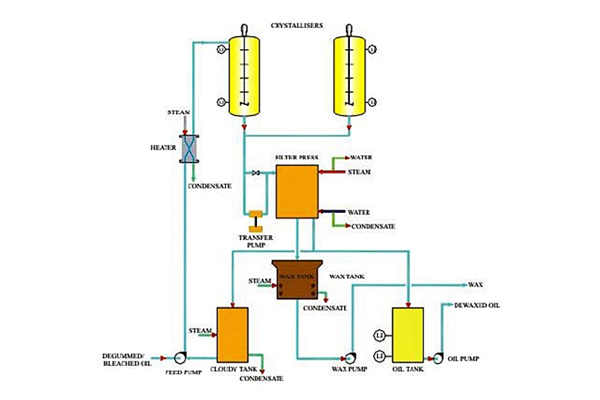



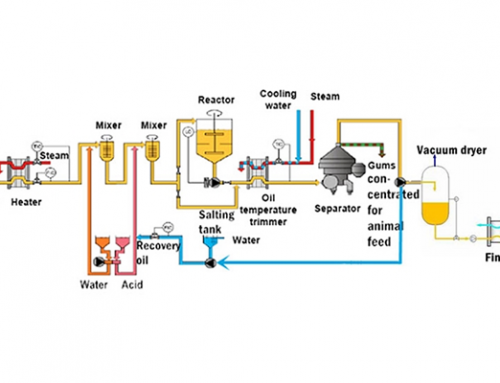
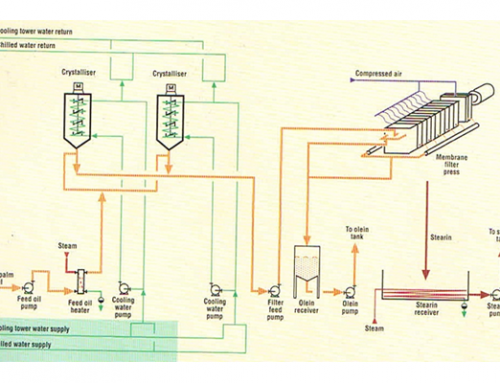
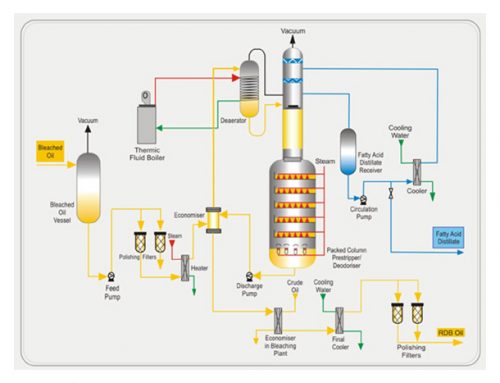
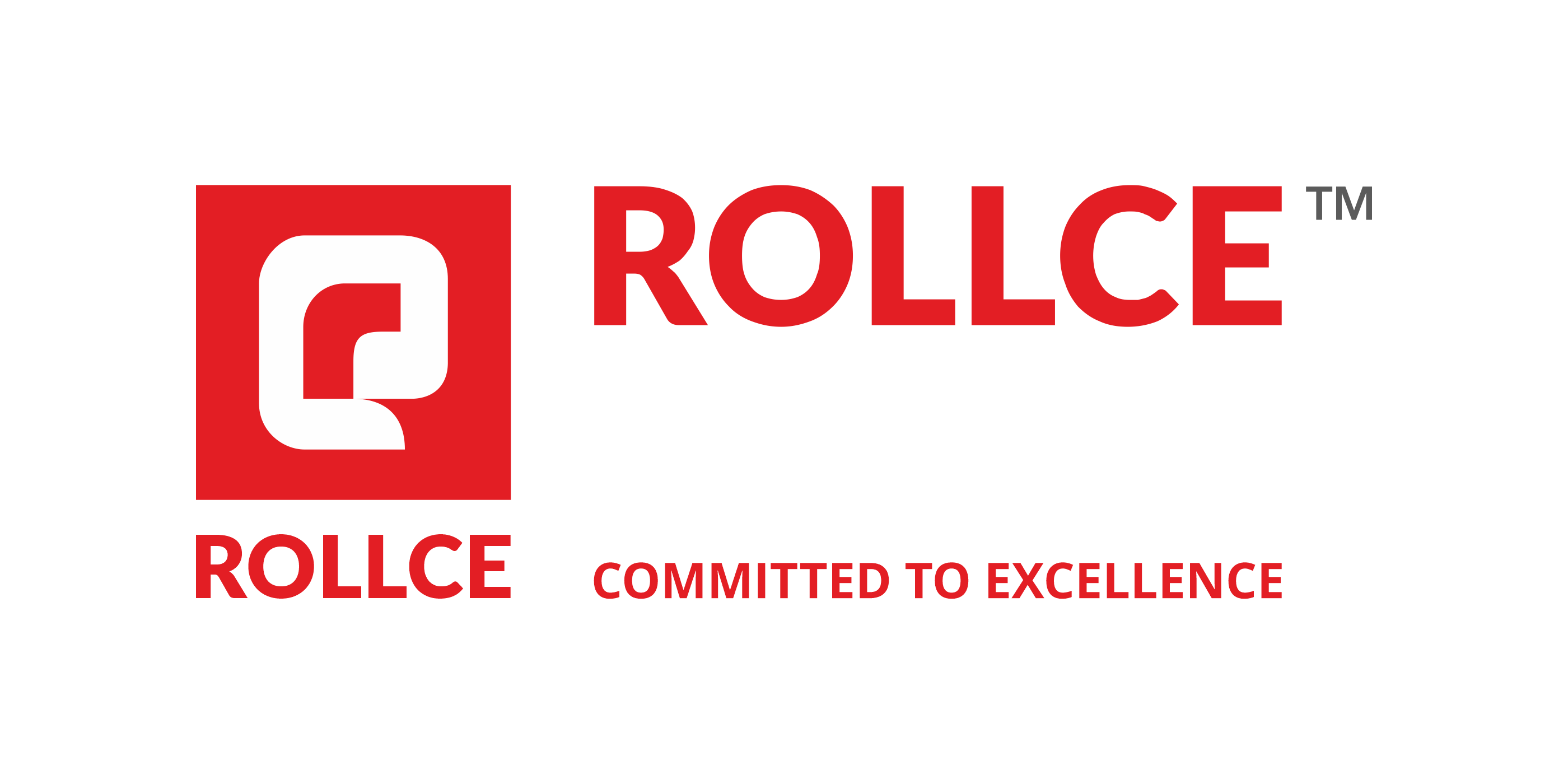
Leave A Comment